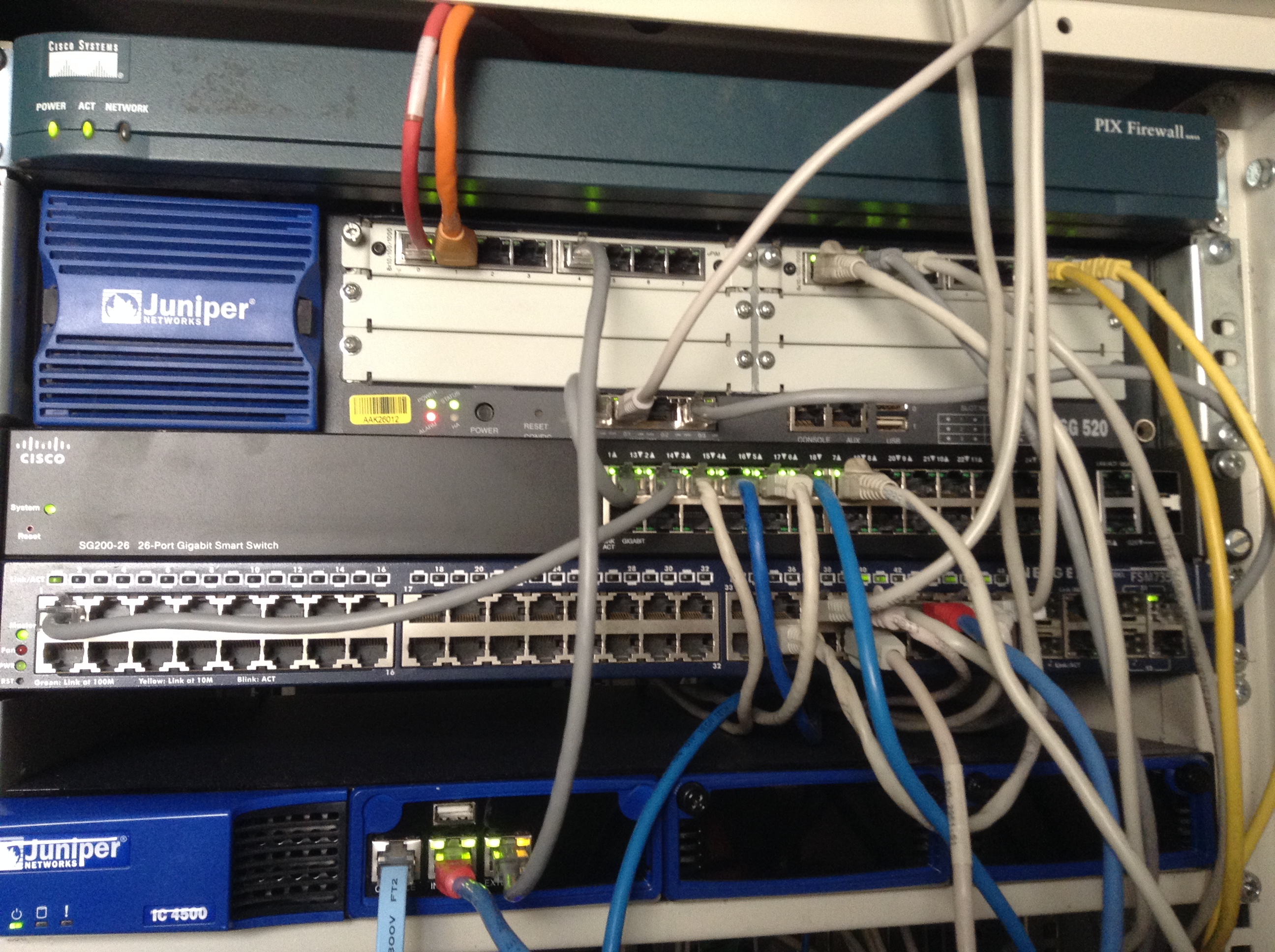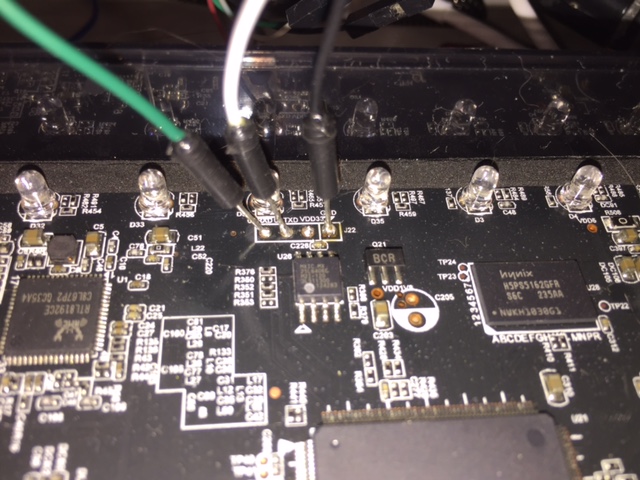This article deals with the second of two very emotional subjects and states which whilst are separate conditions/issues are extremely closely related, and in my unqualified non professional opinion, one can lead to the other and can be exploited by abusive people intentionally or unintentionally. The first article covers Trauma Bonding.
The Victim Complex
At its core, the victim complex involves someone viewing themselves as a victim of their life events. They often express that bad things always happen to them, claim that they have no control over their life, and don’t take responsibility for things they do. The motives for a victim mentality are often unconscious, but can also be conscious and deliberate as a method of manipulation and/or path to Trauma Bonding.
The victim mentality provides people with a sense of safety and validation. As the victim, they don’t have to take the blame for their actions, they get attention from the people around them, and they are validated by support from others. However, by putting the responsibility on others, they sacrifice their own control and ability to act. They rely on others for their self-worth.
For example a claim I heard that strikes of this very issue:
A claim was made the “victim” had a “traumatic miscarriage” because they were at a music concert and got pushed around/crushed by the crowd. They claim to have a diagnosis of PCOS, and claim they were being raped by their “husband” on a regular basis. However one has to ask the following questions of the “victim”:
- If you’re being raped, why didn’t you report said rape to the authorities?
- Why didn’t you leave?
- Is the alleged rapist the father of the child?
- Does the father even know about the pregnancy or the miscarriage?
- If you knew you were pregnant why were you there?
- As a “professional photographer” why were you in the crowd and not in front of the barriers like other photographers?
- Why did you tell the pop stars/artists and not those supposedly close to you?
- Does the father even know about the pregnancy or the miscarriage?
- In the 6 months past said incident and you have moved some 5 hours (by road) from the alleged rapist, why have you voluntarily been back for sex on more than one occasion?
- Why after finding a new place to live a new partner and a new job why have you still not reported the rape to the authorities… 6 months later?
I did ask some of these questions, the answers got I still do not understand and for privacy I will just say, the “victim” abused me for questioning their events and spent a great deal of time and effort lying about their new job, their new partner, where they are living, studying etc. I have no clue to why they lied so persistently as I wasn’t the “rapist” however, by the time of me asking some of the questions i had come to the realisation I needed to make changes in my life, and they didn’t involve this person. Since then it has been suggested I might have or be suffering from a Martyr Complex.
As a discerning reader you probably realise i might know a little more about this “victim” personally than just it being some random claim, well they were a close friend and are now an ex-friend, and that is the way they will permanently stay. I may have a touch of Martyr Complex dealing with them, I’m working on that.
With both martyr and victim complexes, a person relies on others for their validation and reward.
They constantly sacrifice resources against their own self-interest. A martyr takes on the role of the hero. People who use martyr behavior tend to have good motives for doing so. Sometimes, they may be forced into the role of a martyr because of their environment. People in service-based professions may develop a martyr complex.
The Martyr Complex
Martyr complex behavior differs depending on the cause.
Minimizing accomplishments
They may dismiss their actions, saying it’s not important when they make sacrifices. They do it for the good feeling of making the sacrifice and not for the praise of being recognized.
Being the hero
The idea of the “hero syndrome” can serve as a sign of the martyr complex. They may often play the hero and do everything theirselves, solving everyone’s problems without complaint.
Lacking self-care
No one can pour from an empty jug. If they’re in a situation where they are constantly giving and letting their own personal health slip away, they are likely exhibiting the patterns of a martyr complex.
Seeking chances to sacrifice
Similar to the victim complex, a martyr looks for opportunities to step into harm’s way. They may search for instances or create ways to make those sacrifices.
Having unrealistic values
A martyr may view their actions as an expression of how much they care. They may feel that if they’re not working hard for people every day, it means they don’t love them enough.
Getting Help
The martyr complex is often deeply embedded into their lifestyle. This makes it hard to address and care for. They can take steps to shift their thinking away from being a martyr and toward taking care of themselves. For example:
- Find/Join or start a support group (this doesn’t have to be complex specific.)
- Invest in themselves by setting aside time and resources for things they enjoy.
- Devote time for their physical health.
- Devote time for their appearance and well being.
- Journal and express gratitude for themselves and others.
- Spend time with friends and family in environments where they don’t need to help anyone and can just enjoy each other’s company.
From a personal perspective I joined a number of Social Media chats, and started going out to concerts and events, started putting on make up again, bought some new clothes, even bought a new car. I gave up smoking (1st Sept 2023) and mostly gave up drinking (from 7th Sept 2023) – mostly being a glass of wine with dinner some nights instead of before which was a bottle of wine every night without fail.
This has mostly helped, however the “victim” which my “martyrdom” was intertwined with has severe narcissistic traits and took it upon themselves to continuously bait and attack me in the very Social Media Chat groups that I was using to help break said bond. This resulted in me voluntarily leaving “Queers Down South” as i found the administrators of the group to be friends with the perpetrator of the abuse, which enabled further abuse, and therefore made the space not safe for anyone like me (breaking their own first rule.)
The Savior Complex
According to the blog PeopleSkillsDecoded.com, the savior complex can be best defined as:
“A psychological construct which makes a person feel the need to save other people. This person has a strong tendency to seek people who desperately need help and to assist them, often sacrificing their own needs for these people.”
Many individuals who enter into caring professions such as mental health care, health care and even those who have loved ones with addictions may have some of these personality characteristics. They are drawn to those who need “saving” for a variety of reasons. However, their efforts to help others may be of an extreme nature that both deplete them and possibly enable the other individual.
What Is The Saviour Complex?
The savior complex is a psychological construct which makes a person feel the need to save other people. This person has a strong tendency to seek people who desperately need help and to assist them, often sacrificing their own needs for these people.
There are many sides to a saviour complex and it has many roots. One of its fundamental roots, in my experience, consists in a limiting belief the saviour person has that goes something like this:
“If I always help people in need, I will get their love and approval, and have a happy life.”
This is of course, a nice sounding fairytale, because often, in real life, a saviour will have such an unassertive way of helping others that instead of becoming grateful, they get used to it and they expect it. They feel entitled to receive help from this person, simply because they need it and they’ve always got it.
On top of this, similarly to the Martyr Complex they’re always putting other people’s needs first, this makes a saviour not take care of their own needs. So while they may feel happy because they are helping others, at some level, they feel bitter and frustrated at the same time.
The underlying belief of these individuals is: “It is the noble thing to do.” They believe they are somehow better than others because they help people all the time without getting anything back. Do you have any idea how dim-witted this is? There is nothing noble in sacrificing yourself for others while you are starving at a psychological level. If our ancestors would have willingly done so 50,000 years ago, our species would be extinct.
While motives may or may not be pure, their actions are not helpful to all involved. The problem is that trying to “save” someone does not allow the other individual to take responsibility for his or her own actions and to develop internal motivation. Therefore, the positive (or negative) changes will likely only be temporary if at all.
Getting Help
So how do you avoid the “saviour” trap with relationships and friends?
- Slow down decision making and/or responses to issues enough to be mindful of choices and/or responses.
- Say “maybe” or “no” before saying yes in order to give yourself time to weigh options.
- Process emotions with friends, and family, reach out to support services if you don’t have friends or family you can process emotions with.
- Set boundaries with other individuals that allow you to balance caring for them and helping them vs trying to “save” them.
- Reach out for support from a therapist or coach in order to receive an objective assessment of your interpersonal issue.
- Let your loved one or friend take responsibility for their actions.
- Do not work harder trying to help/resolve the issue than your friend or loved one.
- Do the best that you can do to support the individual and then “let go” of the results.
Possibly as important if you are the person being “saved” by someone and you recognise they are trying to “save you“, you may need to review the above and suggest to your potential saviour that you appreciate them trying to help but that is not the best way forward.
Being a saviour is neither noble nor practical.
Final Notes
This is the second article dealing with Victim Mentality, Victim, Saviour and Martyr Complexes which narcissists can also use as a method of manipulation and pulling you into their control (See: Covert Narcissism) I have been on the receiving end of at least two narcissists in my life, and have ended up even questioning myself to see if I am a narcissist.. I know I was accused of being one by one of the two i have had relationships in my life. However, a favourite quote of mine in relation to this very issue and usually where i face up to having seen this behaviour and explained it away multiple times (never learning it seems):
Whereas a typical narcissist thinks she is better than others because of her innate qualities, a covert narcissist with a martyr complex (aka a Martyr Narcissist) justifies her sense of superiority with the “good deeds” she does for others.
So she gets to be on a high horse at all times, seeing other people as selfish ingrates who are ultimately unworthy of her “gifts.”
More often than not, covert narcissists with a martyr complex seriously overestimate their goodness. They exaggerate the importance of things they do for others, and resent people for not measuring up to their twisted standards.
They think they’re selfless and giving, when in fact they are completely self-serving.
They are also master maniuplators.
Finally, if the above, any of the above rings alarm bells with you, or you get that deep feeling in your gut that something is disturbingly similar. Get a second opinion, get help, talk to a professional, and above all you need to be honest with yourself and the professional you are getting help from. If you are the perpetrator of the narcissistic behaviour just being honest with professional help is the first step to a better life for you and those around you. If you continue lying to others, you are just lying to yourself and you are writing a future of pain, and loneliness as narcissists never find true love. If you are the victim of a narcissist, you can try to get them help, but ultimately they have to get the help themselves, if they are not willing to do so… RUN!



